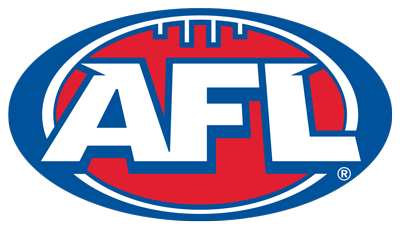Clubs Revamp Rosters Ahead of Upcoming Season
Last updated on February 20, 2025 at 12:48 pm
Posted on February 20, 2025 at 12:48 pm
As the new AFL season approaches, clubs are strategically revamping their rosters to enhance both competitiveness and overall performance. Notable player acquisitions, such as Francis Evans joining Carlton, exemplify a calculated effort to foster immediate impact and team cohesion. This trend towards adaptable players capable of assuming varied roles is indicative of a broader strategy aimed at ensuring resilience amid potential injuries and tactical adjustments. With these shifts setting the stage for a transformative season, one must consider how these changes will influence team dynamics and competitive outcomes.
Player Movements and Impact
The strategic evolution of AFL rosters embodies the ambition for competitive excellence, as demonstrated by recent player movements. The addition of Francis Evans to Carlton highlights the importance of strengthening team dynamics, particularly within the forward line. As teams prioritize enhancing player performance, clubs are increasingly focused on recruiting individuals who can contribute immediately and adapt to evolving game strategies. This approach not only aims to bolster the squad's depth but also to create synergies that optimize overall performance. The impact of such movements extends beyond individual contributions; they reshape team chemistry, influencing how players interact on and off the field. Ultimately, these strategic decisions play a crucial role in determining a club's success in the highly competitive AFL landscape.
Key Changes in Rosters
Recent player movements have set the stage for significant changes within AFL rosters, particularly as clubs finalize their lineups ahead of the upcoming season. Teams are increasingly adopting innovative roster strategies to enhance their competitiveness, focusing on key acquisitions that embody player versatility. For instance, Carlton's recent signing of Francis Evans illustrates a tactical move to bolster their forward line while also improving squad depth. This strategic positioning reflects a broader trend within the league where clubs prioritize adaptable players capable of fulfilling multiple roles. As teams assess their strengths and weaknesses during preseason evaluations, these roster changes will be critical in shaping game dynamics and overall performance throughout the season.
Trends and Future Implications
Increasingly, AFL clubs are focusing on strategic roster changes that not only enhance immediate performance but also shape long-term competitive dynamics. A growing trend emphasizes roster flexibility, enabling teams to adapt to evolving game strategies and injuries. Clubs recognize the critical role of forward performance in achieving success, leading to investments in versatile players who can excel in multiple roles. This shift reflects a commitment to developing younger talents while also leveraging the Supplemental Selection Period to fill any gaps. The implications of these roster strategies extend beyond the current season, as clubs seek to create a sustainable competitive advantage. Ultimately, ongoing analysis of player contributions will dictate future recruitment efforts and the overall trajectory of team dynamics in the league.
Conclusion
In summary, the strategic revamping of rosters by AFL clubs signifies a commitment to enhancing competitiveness and performance for the upcoming season. Notable player movements, such as Francis Evans joining Carlton, exemplify the focus on immediate impact and team cohesion. The trend towards acquiring adaptable players indicates a proactive approach to addressing potential injuries and tactical variations. This evolving landscape ultimately sets the foundation for a dynamic season, promising engaging and competitive matchups.













